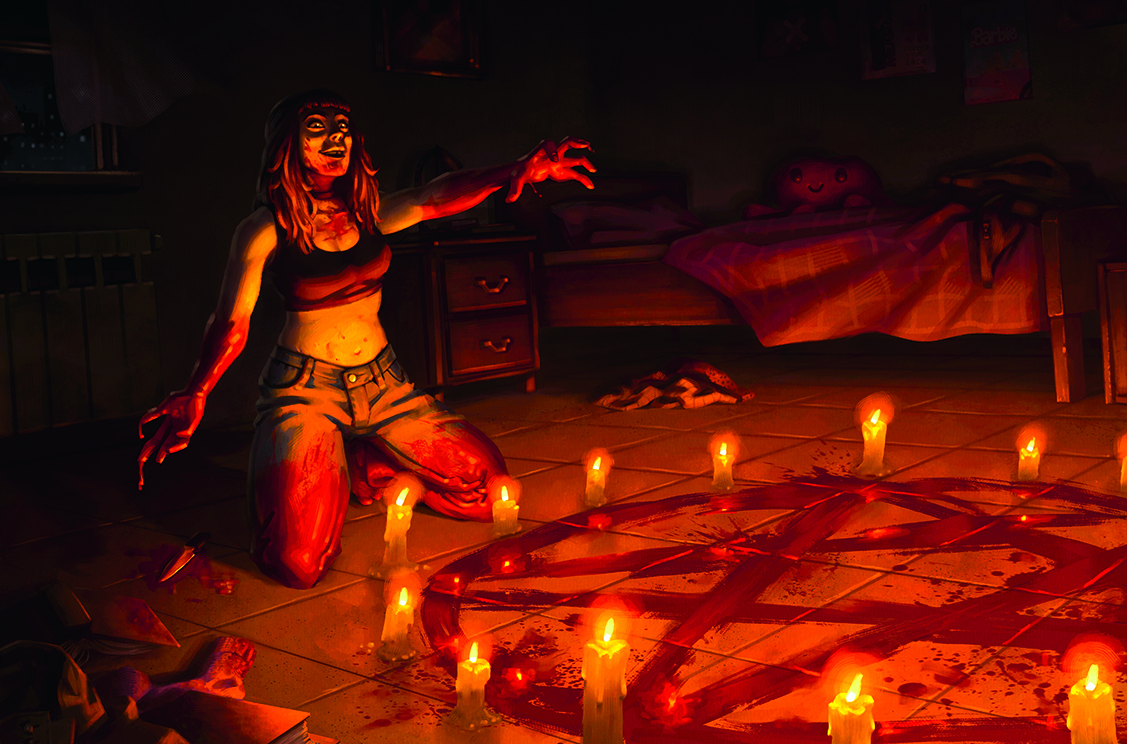The best film camera for beginners
Take a deep dive into the retro realm with the best film camera for beginners around.

Welcome to our guide to the best film camera for beginners. Analogue, or film photography, is a staple to the traditional photographer. The fast-paced life of digital photography with its instant gratification often detracts from the true passion many photographers feel when they first get into photography.
Far from the common misconception that film photography is dead, there are still a few companies who specialise in producing film cameras (though admittedly, there aren't many). But the vast array of unique devices are fun and serious in equal measure. Whether you want to construct your own film camera from scratch, or take a step into high-level, precision engineered film photography of the future, we've rounded up the best film cameras you can buy.
And the best part is that film cameras produce real, tangible, physical images, ones that won't just waste away on hard drives. Of course, if you do wan to digitize your film shots, it's more possible today than it ever has been, thanks to the proliferation of the best photo scanners, many of which can scan an image directly from a negative.
Not only are film cameras sharper and more precise thanks to modern production techniques and advancements in computer science, but the cameras themselves are now also filled with myriad features never before seen such as Bluetooth compatibility and the ability to control and trigger them with your smartphone.
If you're just getting started, take a look at the best cameras for beginners. Or, for a more general list, see our pick of the best cameras around. And if you want to elevate your photography, we've got a guide to the best camera drones around too.
Best film camera for beginners
Why you can trust Creative Bloq
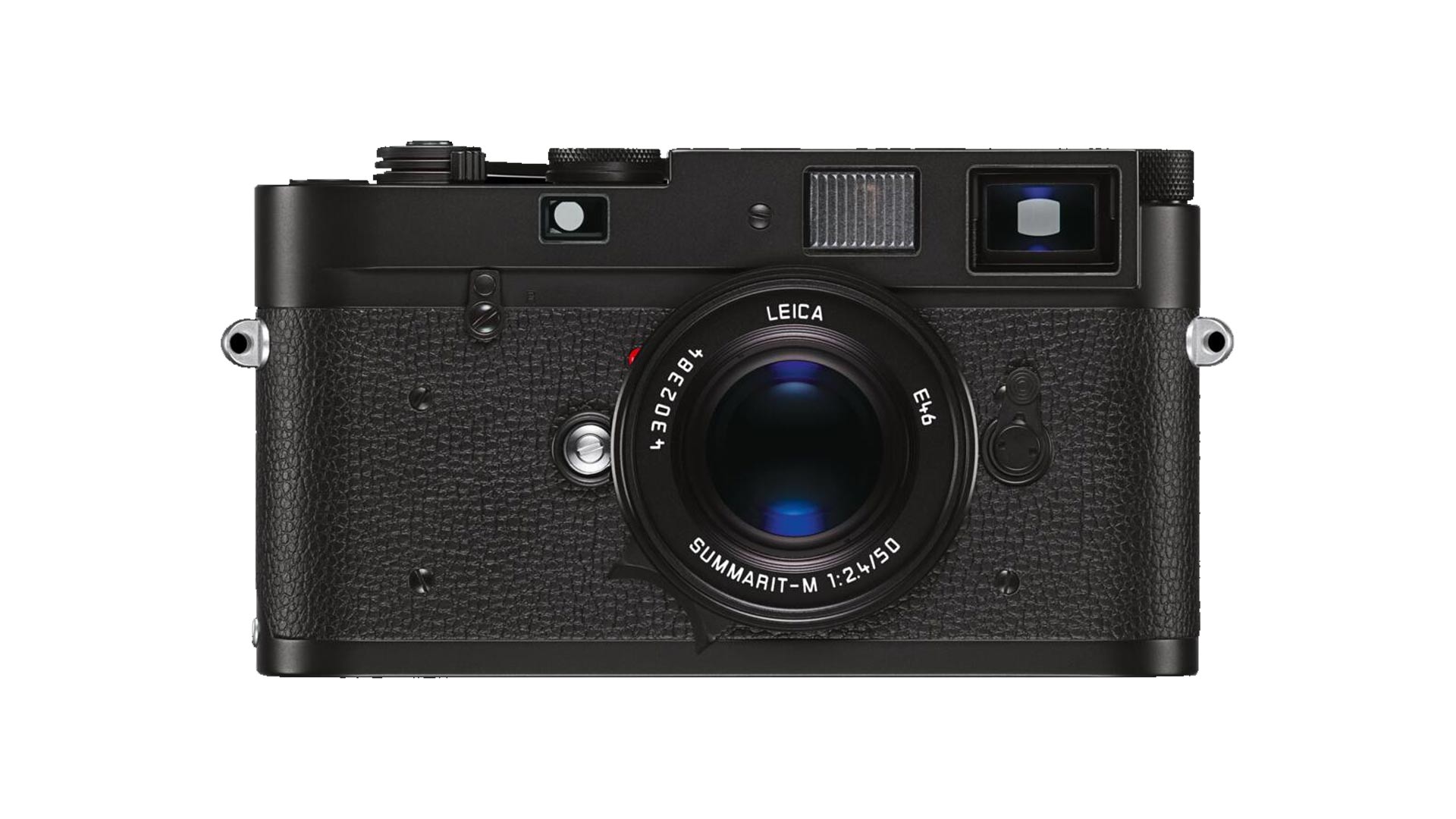
01. Leica M-A
Our expert review:
Specifications
Reasons to buy
Reasons to avoid
Since the advent of the digital boom, fully-fledged film SLR cameras have fallen by the wayside. But Leica has done something special with the Leica M-A by utilising modern precision production and optical engineering to create something that harks back to the glory days of analogue photography.
The M-A has a sleek, minimalist design that aims to fulfil the desires of film purists the world over. By stripping back to the bare essentials and shipping a roll of Kodak Tri-X 400 black-and-white film, Leica has made a camera that is a favourite of reportage photographers. However, anyone with a basic knowledge of photography will be able to start taking some incredible film photos with the camera so capable that it will grow with your experience.

02. Lomography Sprocket Rocket
Our expert review:
Specifications
Reasons to buy
Reasons to avoid
Lomography's Sprocket Rocket is a fantastic budget film camera that's as fun to shoot with as it is cheap. The world's first panoramic wide-angle 35mm camera dedicated to shooting sprockets, the results are unique in that they capture through the dotted sprocket holes to pepper gun the stills with that retro look. The camera also has rewind knobs that allow users to shoot multiple exposures and blend panoramic images together for long frames on the 35mm reel. Whether capturing a wide scene of a group of friends or an enormous vista the 1:3 aspect ratio and wide-angle 30mm focal length provide an eye-watering 106 degree field of view.
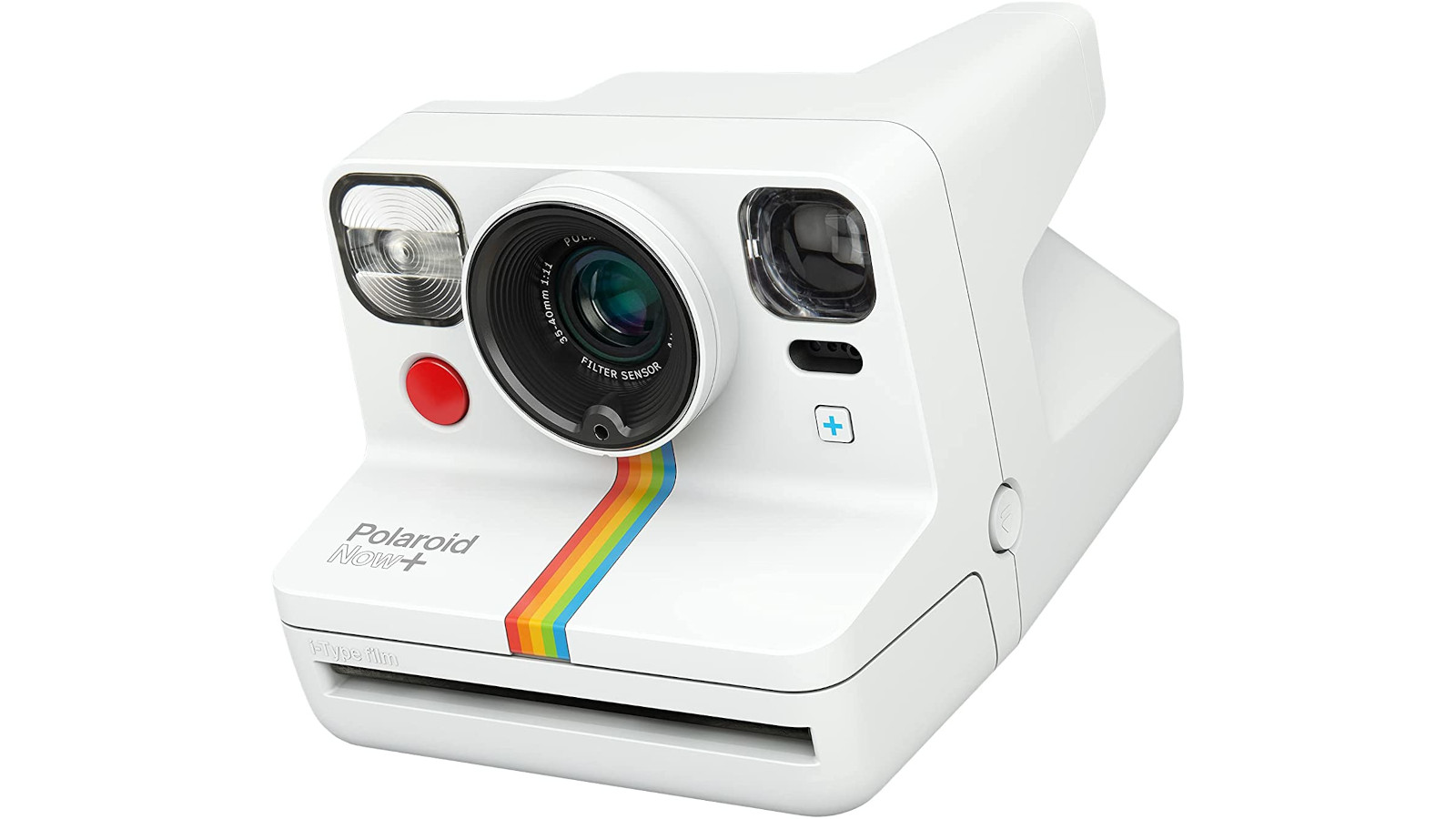
Specifications
Reasons to buy
Reasons to avoid
The Polaroid Now+ is the latest addition to the Polaroid rival and it produces instant film prints with all the lo-fi charm Polaroid's cameras did in the past, with the addition of smartphone connectivity to unlock cutting-edge features. The camera-control experience via the app is smooth and modern, allowing you to play around with specialised shooting modes like Double Exposure, Self Timer, Light Painting and more, and introduces Aperture Priority mode for the more confident of settings-tweakers.
The Now+ uses a two-lens autofocus system, and it can be mounted to a tripod if you wish. When we reviewed the camera, we found the prints look fantastic, with just the right level of retro chic. No, they're not going to be technically perfect, but that's not the point of Polaroid. Rather, they exude that old analogue charm while providing better image quality than Fujifilm's Instax range (see below). this does mean the film is expensive to buy, however. And you need to factor in that continual cost.
See our full Polaroid+ review for more details.

04. Fujifilm instax mini 90
Our expert review:
Specifications
Reasons to buy
Reasons to avoid
The Instax mini 90 is as home on a shelf at home or in your hands when out shooting thanks to its absolutely stunning classic design which comes in black, brown, and red. With four modes to choose from, it's equally adept at landscapes, macros, parties, and even a kids mode to capture fast-moving subjects. The high performance flash fills the scene to balance exposure and the camera even features bulb mode for long exposure photography. You can also shoot double exposures making it ideal for photographers who want to get creative with their instant shots.
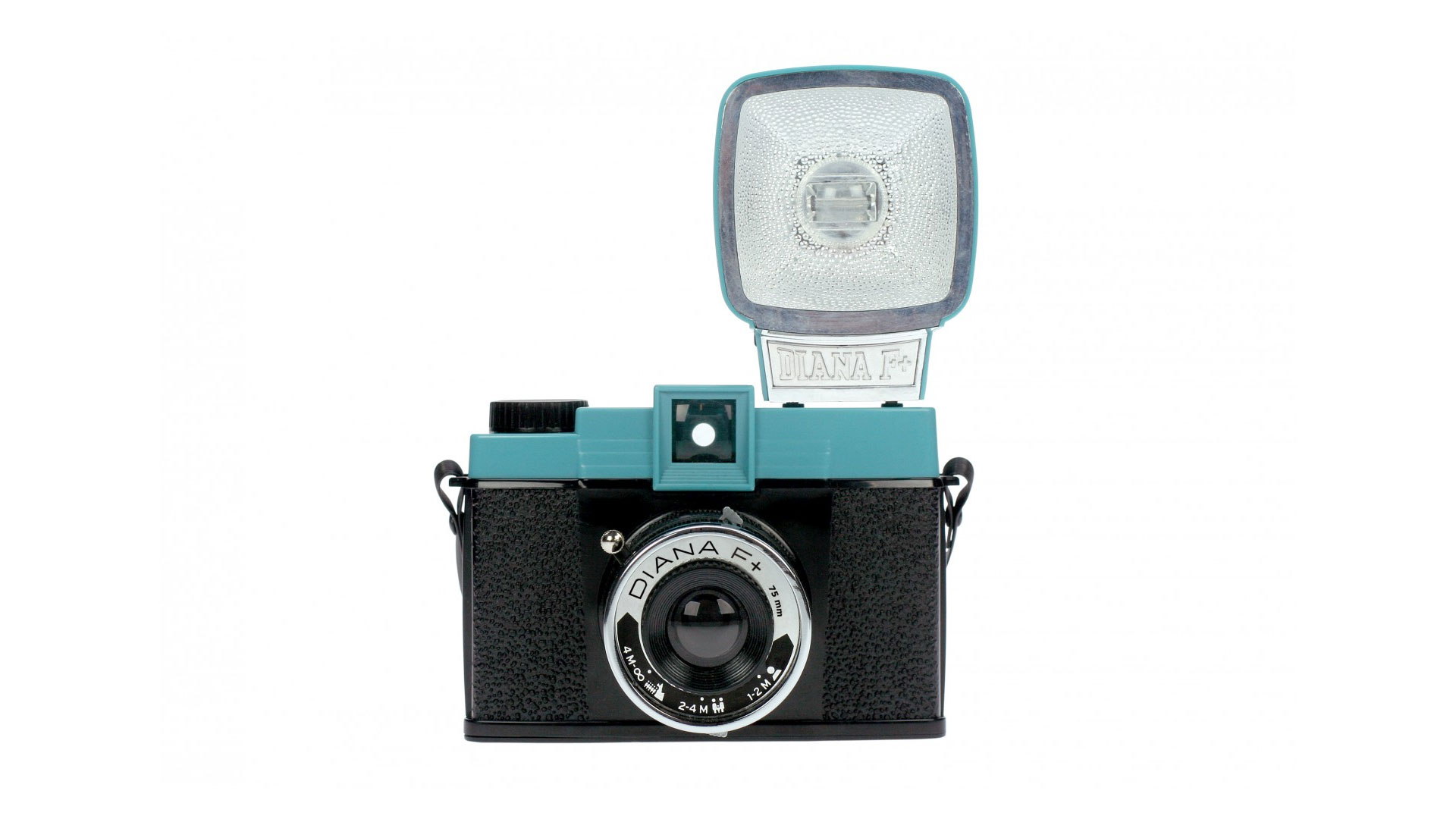
05. Lomography Diana F+
Our expert review:
Specifications
Reasons to buy
Reasons to avoid
Though officially labelled a 'toy' camera, this simple offering from Lomography actually has a whole host of features. It's compatible with multiple lenses thanks to its interchangeable lens system, which means you can shoot many types of scenes much easier than cameras with single, fixed lenses. The Diana F+ is also capable of shooting two types of film, both standard 35mm and bigger medium format 120 film for those that want to step up their print game. At a very reasonable price, it's perfect for beginners or anyone who wants to dabble in film photography without breaking the bank.
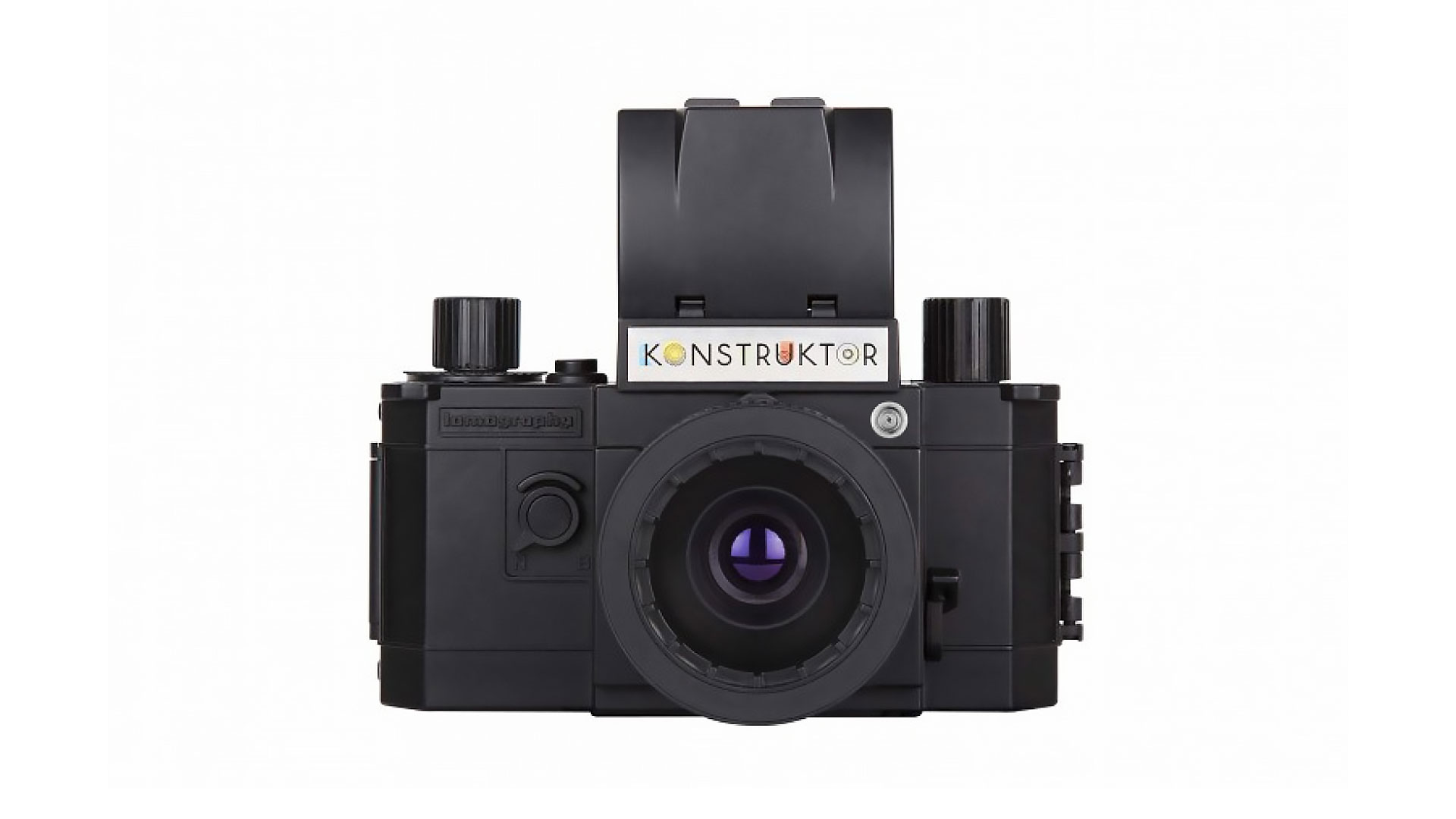
06. Lomography Konstruktor F
Our expert review:
Specifications
Reasons to buy
Reasons to avoid
Ridiculously budget-friendly, the Lomography Konstruktor F is a self-build kit camera designed for photographers who love to craft things as well as shoot film. This upgraded version of the original Konstruktor features a PC socket to attach a compatible flashgun to for greater flexibility when shooting low light subjects. It shoots with standard 35mm film and uses zone focusing to get sharp shots. Unusually it has a twin-lens reflex viewfinder but that makes it all the more unique where its traditional SLR-like body would normally assume a pentaprism-type viewfinder. It also doesn't run on batteries so you can continue to shoot with it all day long.

07. MiNT InstantFlex TL70 2.0
Our expert review:
Specifications
Reasons to buy
Reasons to avoid
Too often do twin lens reflex cameras feature a dull-as-dishwater viewfinder up top, but the MiNT Instant Flex TL70 2.0 has sorted that completely. The upgraded Fresnel viewfinder is incredibly bright and is the same size as the film it takes (instax mini instant), which makes composing and focusing via the magnifying loupe incredibly easy. Film cost is often a thing that puts analogue photographers off, but MiNT has developed a program for unlimited free films in exchange for free advertising if you shoot with the camera. There is aperture control and basic EV compensation for those that require more exposure control but it lacks a shutter speed option.
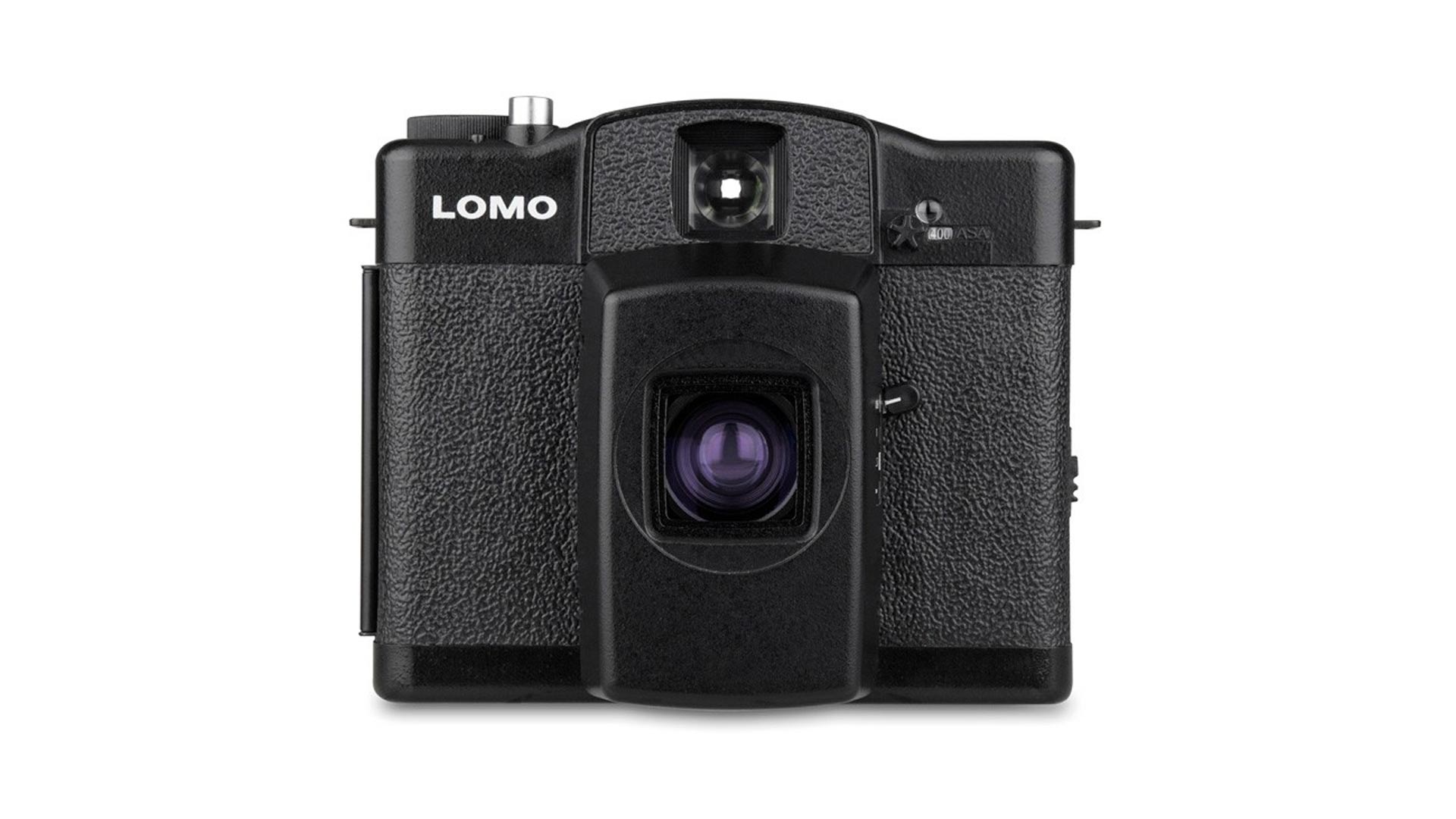
08. Lomography LC-A 120
Our expert review:
Specifications
Reasons to buy
Reasons to avoid
A far cry from Lomography's usual dirt-cheap film cameras, the LC-A 120 medium format camera is definitely a huge punch from the company in terms of image quality. It can shoot as close as 0.6m, making it ideal for concentrating on certain smaller, or up-close subjects. It also performs well in all kinds of light conditions, giving consistently good exposures. It even extends its capability with long exposures thanks to rear curtain flash which can be linked with an external cable release and when mounted on a tripod.
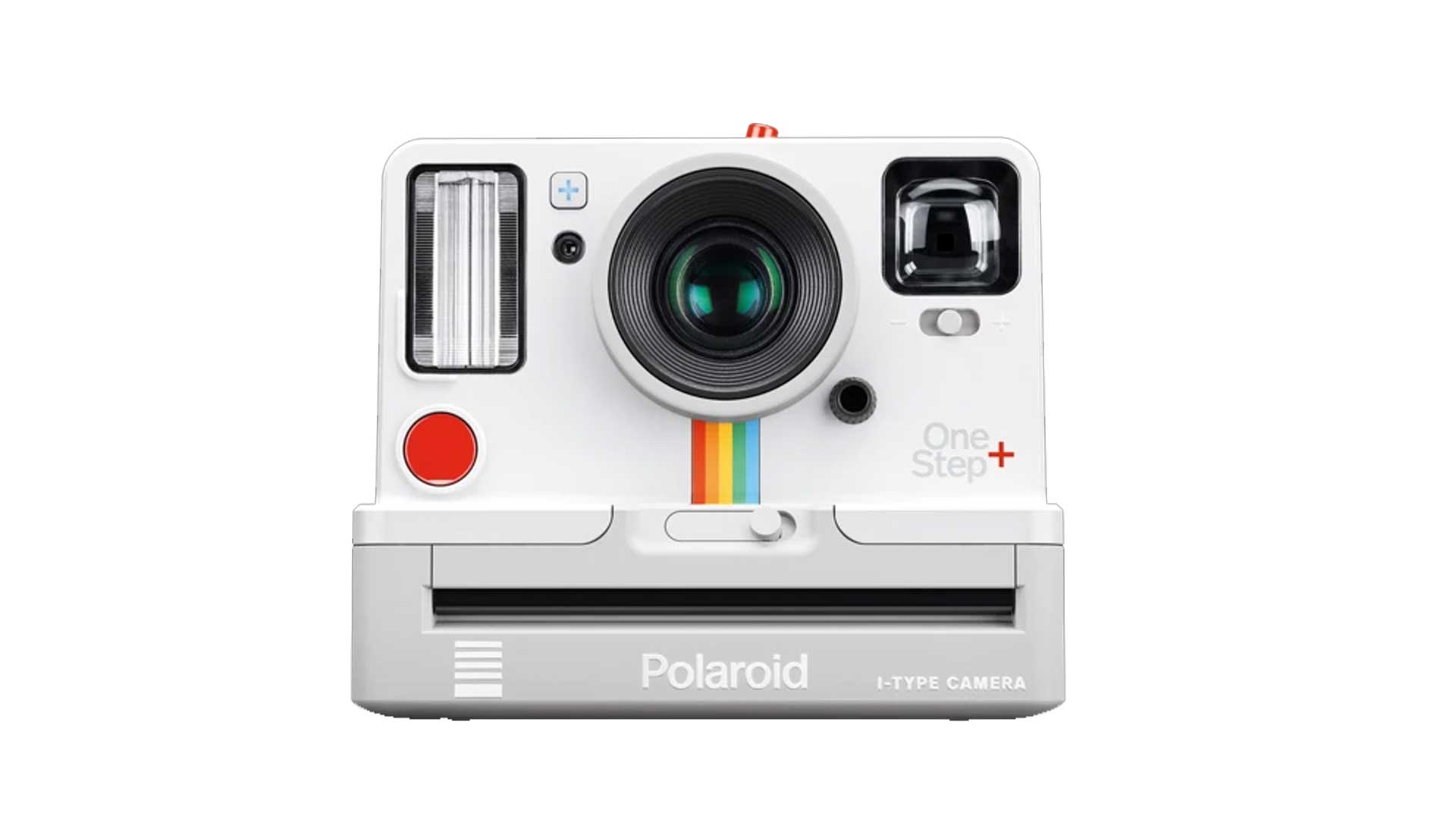
09. Polaroid Originals OneStep+
Our expert review:
Specifications
Reasons to buy
Reasons to avoid
Grabbing the old days by the scruff of the neck and dragging it kicking and screaming into the future, the OneStep+ allows you to shoot from your smart device via Bluetooth to unlock features such as noise trigger, light painting and manual mode for photographers who like to take charge.
The large battery extends shooting time and can be recharged thanks to the li-ion battery inside. Capture images on both iType and 600 film, but beware that many features can't be used without the use of a smart device and link via Bluetooth (this is the main difference from the Polaroid Now+, which is higher up in our list and allows access to many more features in-camera.
Read more:
- Best cameras for vlogging: Get the kit you need to start vlogging
- Smartphone photography: Pro tips
- Top tips to boost your photography skills
Daily design news, reviews, how-tos and more, as picked by the editors.
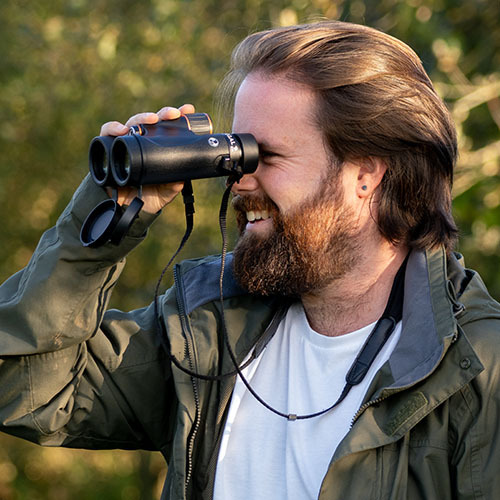
Jase Parnell-Brookes is the Managing Editor for e-commerce for Space and Live Science. Previously the Channel Editor for Cameras and Skywatching at Space, Jase has been an editor and contributing expert across a wide range of publications since 2010. Based in the UK, they are also an award-winning photographer and educator winning the Gold Prize award in the Nikon Photo Contest 2018/19 and named Digital Photographer of the Year in 2014.
After completing their Masters degree in 2011 and qualifying as a teacher in 2012, Jase has spent the last two decades studying and working in photography and publishing in multiple areas, and specialises in low light optics and camera systems.
